Many photographers struggle to capture images with the depth and quality they see in professional work. Regular DSLRs often fall short when it comes to creating truly striking photography with rich details and smooth color transitions.
Medium format cameras offer a solution to this common problem. These specialized tools provide larger sensors, better dynamic range, and superior image quality that can modify your photography results.
This blog explains what is a medium format camera, what makes them special, how they differ from standard cameras, and when they’re worth the investment.
We’ll look at the technical advantages, camera options, and help you decide if stepping up to medium format is the right move for your photography.
What is a Medium Format Camera?
Confused about what is a medium format camera is, we have the answer to your question. Medium format cameras use film or digital sensors significantly larger than those in standard 35mm cameras.
Typically, they capture images on sensors 2-4 times bigger than full-frame DSLRs. This size difference isn’t just a technical detail, it’s the key to their performance.
The larger sensor area collects more light and information, resulting in photos with finer details, smoother tonal shifts, and better clarity.
Medium format cameras often use high-quality lenses made specifically for their systems, adding to their image quality advantage.
These cameras come in various designs, from classic film models to modern digital systems. While they’re bulkier and pricier than smaller cameras, photographers choose them when image quality matters more than speed or convenience.
Characteristics of a Medium Format Camera System
Now that we know what is a medium format camera is, let’s learn about the characteristics of a medium front camera.
Look through the viewfinder of a medium format camera, and you’ll notice an immediate difference. The world appears larger, more detailed, and somehow more substantial. It’s not just your imagination, it’s the medium format advantage.
1. Larger Sensor Size
Medium format sensors measure between 44×33mm and 53.7×40.4mm, much bigger than full-frame’s 36×24mm. This extra size captures more detail and light, making a noticeable difference in image quality and overall look.
2. Higher Resolution Output
These cameras commonly offer 50-100+ megapixels of resolution. The combination of larger pixels and higher count produces files with remarkable detail that can be printed at enormous sizes without quality loss.
3. Superior Dynamic Range
Medium format systems excel at capturing both shadows and highlights in the same frame. They can handle challenging lighting situations better than smaller sensor cameras, preserving details throughout the exposure range.
4. Greater Color Depth
Most medium format cameras capture 16-bit color compared to 14-bit on premium DSLRs. This means billions more color variations, resulting in smoother gradations, more accurate skin tones, and richer color reproduction.
5. Increased Depth of Field Control
The larger sensor creates a different depth-of-field effect at any given aperture. This gives photographers more precise control over which elements remain sharp and which fade into artistic blur.
6. Modular Design Philosophy
Many medium format systems allow photographers to swap viewfinders, digital backs, and focusing screens. This modular approach extends camera lifespan and lets users upgrade specific components rather than entire systems.
7. Unique Optical Characteristics
Lenses made for medium format cameras are optimized for their larger image circles. This design factor creates a distinctive look with special rendering qualities that many photographers find visually appealing.
Pros and Cons of Using a Medium Format Camera
Medium format cameras have long been the tool of choice for commercial photographers who shoot fashion, portraits, and landscapes. These systems offer outstanding image quality that smaller cameras can’t match.
However, they come with important trade-offs in terms of cost, size, and usability. Before investing in a medium format system, consider these advantages and limitations:
Pros Of Medium-Format Cameras
- Exceptional Image Quality: Produces photos with stunning detail and clarity
- Better Light Gathering: Larger pixels capture more light information
- Impressive Depth of Field Control: Creates dramatic background blur when needed
- Reduced Distortion: Less lens distortion leads to more natural-looking images
- Strong Resale Value: Quality medium format gear often holds value well
Cons Of Medium-Format Cameras
- Slower Operation: Less responsive autofocus and lower frames-per-second rates
- Limited Lens Selection: Fewer lens options compared to mainstream camera systems
- Steeper Learning Curve: More complex operation requires additional technical skills
- Less Versatility: Not ideal for fast-moving subjects or low-light situations
- Battery Life Concerns: Digital versions often drain batteries more quickly
Medium Format vs. Full-Frame Camera: What’s the Difference?
Choosing between a medium format and a full-frame camera can feel like finding a maze. Each type offers incredible image quality, but their strengths shine differently depending on your needs.
If you’re chasing ultimate detail or balancing versatility and cost, understanding their differences is key.
| Feature | Medium Format Camera | Full-Frame Camera |
|---|---|---|
| Sensor Size | Larger than full-frame, often 44x33mm or bigger | 35mm (36x24mm) standard sensor size |
| Image Quality | Superior detail, dynamic range, and depth | Excellent quality, slightly less detail |
| Low-Light Performance | Good, but not as strong as full-frame | Generally better at high ISO levels |
| Speed (Autofocus, Burst) | Slower autofocus and burst rates | Faster and more responsive |
| Weight and Size | Heavier and bulkier | More compact and portable |
| Lens Availability | Limited and often specialized | Wide range of affordable and specialty lenses |
| Price Range | Very expensive | More budget-friendly options are available |
| Best For | High-end fashion, fine art, and large prints | Weddings, sports, street, and general photography |
Is Shifting to a Medium Format Camera Worth It?
Making the jump to medium format photography is a personal choice that depends on your specific needs. For professional studio photographers, commercial shooters, and fine art creators, the answer is often yes.
The image quality gains are real and visible. If your work demands the highest level of detail, color accuracy, and tonal range, medium format delivers results that smaller cameras simply cannot match.
However, for many photographers, the cost-benefit analysis doesn’t add up. The substantial price increase brings diminishing returns for those who don’t need massive prints or pixel-perfect commercial work.
Consider renting before buying. This lets you test if the quality improvement justifies the expense, slower workflow, and extra weight. The best camera remains the one that helps you create the images you want with the least friction.
Famous Medium Format Cameras
Now that we know what is a medium format camera, its characteristics, and pros and cons, let’s take a look at the famous medium format cameras.
If you’re ready to improve your craft to professional heights, here’s a list of top medium format cameras worth considering.
1. Fujifilm GFX 100 II
The Fujifilm GFX 100 II is a powerhouse featuring a 102MP sensor, delivering incredible sharpness and dynamic range.
It boasts fast autofocus, in-body stabilization, and impressive video capabilities, making it suitable for both studio and field work. It’s an ideal choice for professionals demanding superior image detail and versatility.
2. Hasselblad X2D 100C
The Hasselblad X2D 100C is crafted for photographers seeking stunning color accuracy and breathtaking resolution. With a 100MP sensor and built-in stabilization, it handles handheld shooting remarkably well.
Its beautiful Scandinavian design pairs perfectly with superb imaging performance, making it a top contender for fine art and portrait photography.
3. Fujifilm GFX 50S II
The Fujifilm GFX 50S II offers a 51.4MP medium format sensor in a relatively compact body. Known for its affordability within the medium format range, it provides outstanding image quality and five-axis in-body stabilization. This model is ideal for those entering medium format photography without overwhelming complexity or cost.
4. Phase One IQ4 150MP
The Phase One IQ4 150MP is the epitome of medium format excellence. Featuring a staggering 151MP resolution, it delivers unmatched detail and dynamic range.
Its modular system allows customization for specialized needs, making it a favorite among commercial and landscape photographers who require the highest image fidelity available.
5. Hasselblad H6D-100c
The Hasselblad H6D-100c remains a benchmark for high-end studio and commercial photography. Its 100MP sensor produces exceptional color depth and tonal range.
Offering robust tethered shooting options and unparalleled build quality, this camera is designed for professionals aiming to achieve the ultimate in controlled, large-scale productions.
The Bottom Line
Medium format cameras stand apart from standard photography equipment in significant ways. Their larger sensors and specialized design create images with remarkable quality, depth, and character that many photographers find compelling.
Yet these systems aren’t for everyone. The right choice depends on your photography goals, budget, and shooting style.
For some, the image quality improvements justify the cost and workflow changes. For others, modern high-end DSLRs or mirrorless cameras hit the sweet spot of quality and practicality.
We hope this blog has helped you understand what is a medium format camera. Whichever camera option you choose, remember that technical equipment always serves creative vision, not the other way around. The best camera is still the one that helps you tell your visual stories effectively.
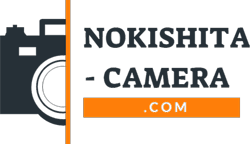
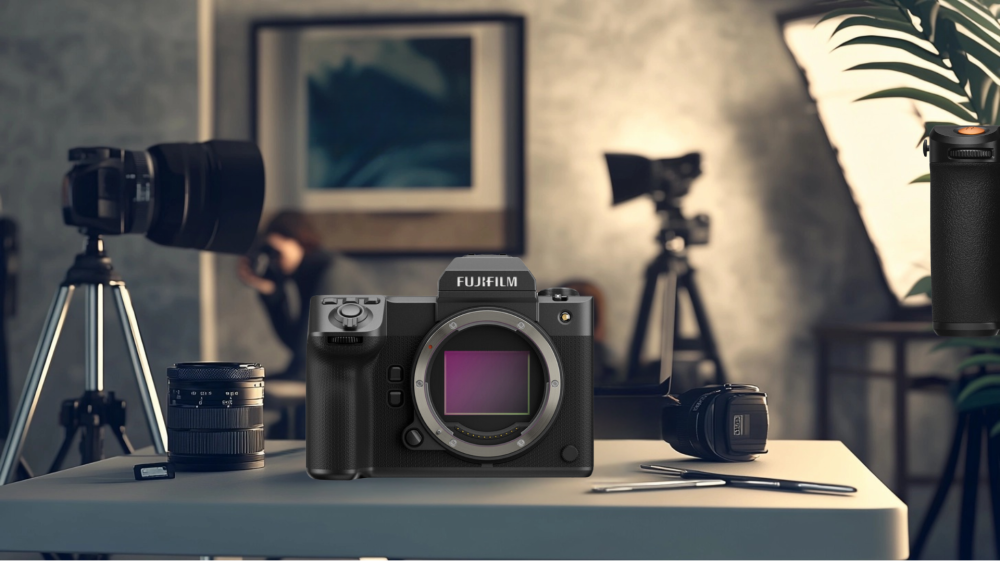
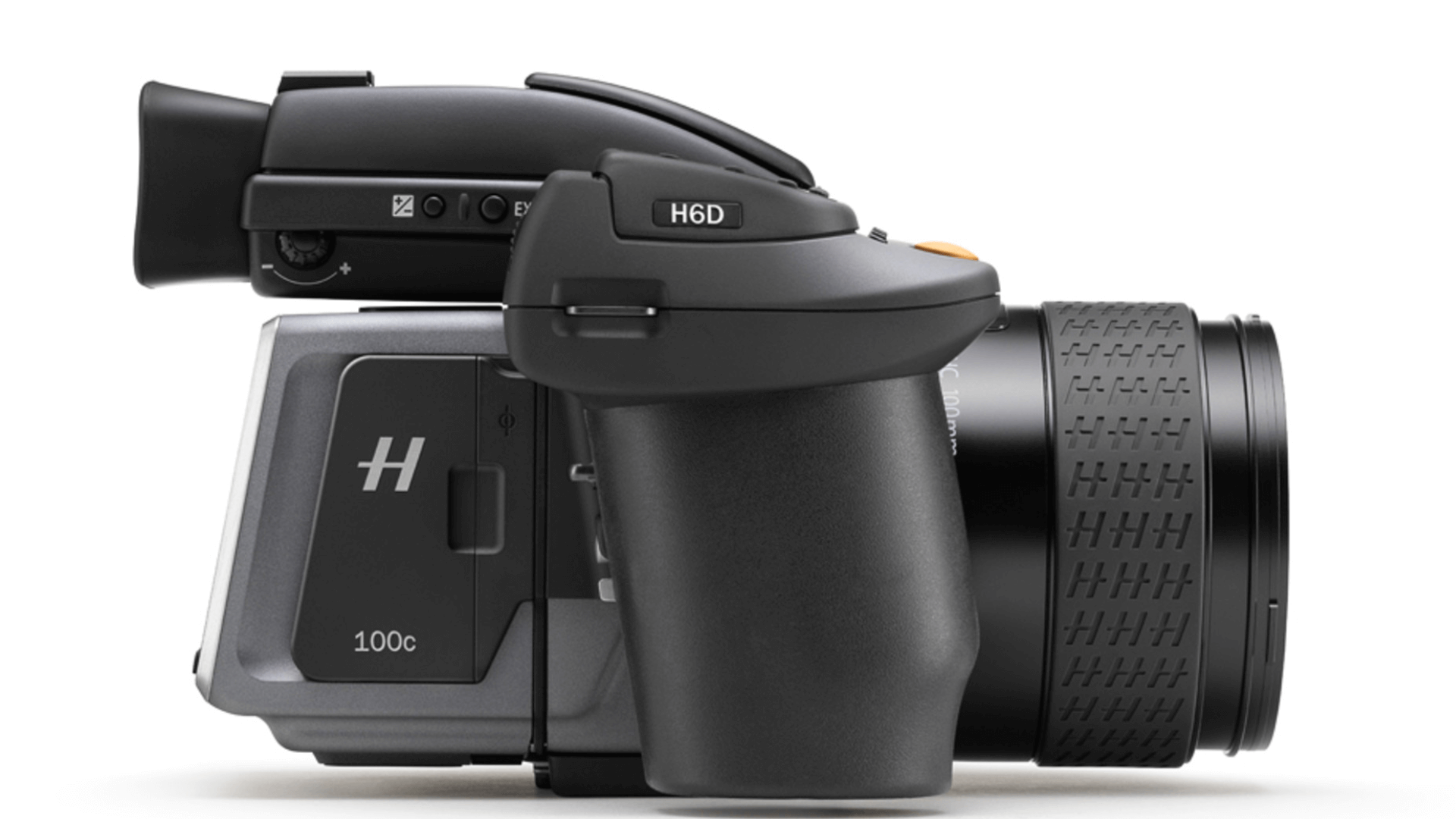
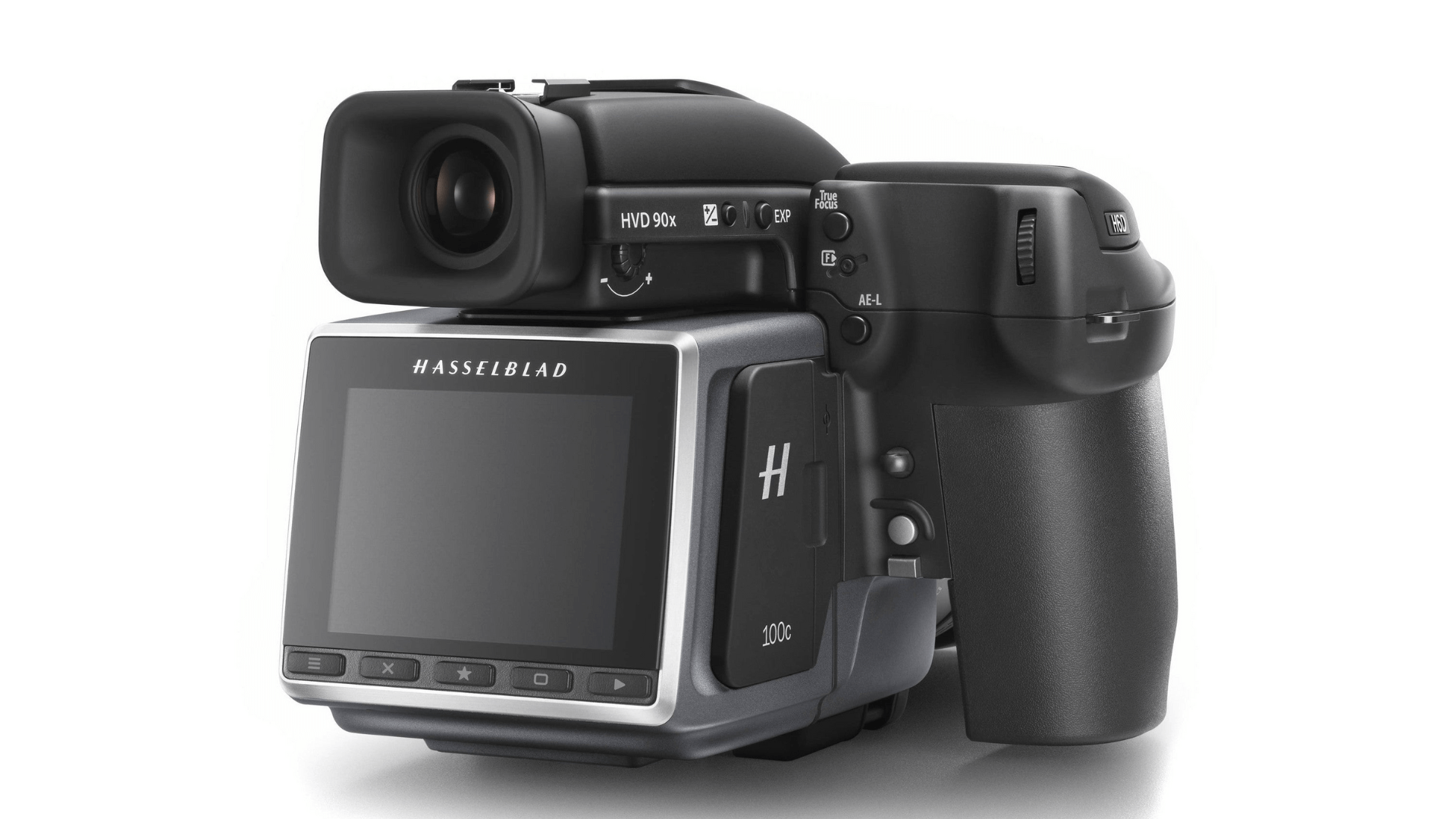

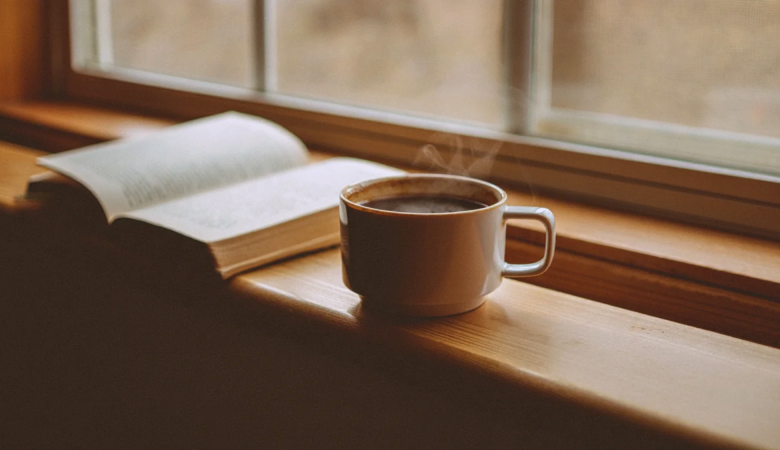
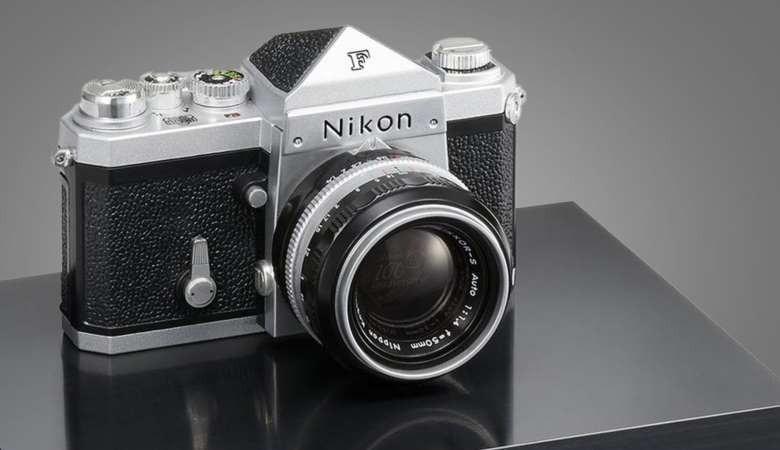
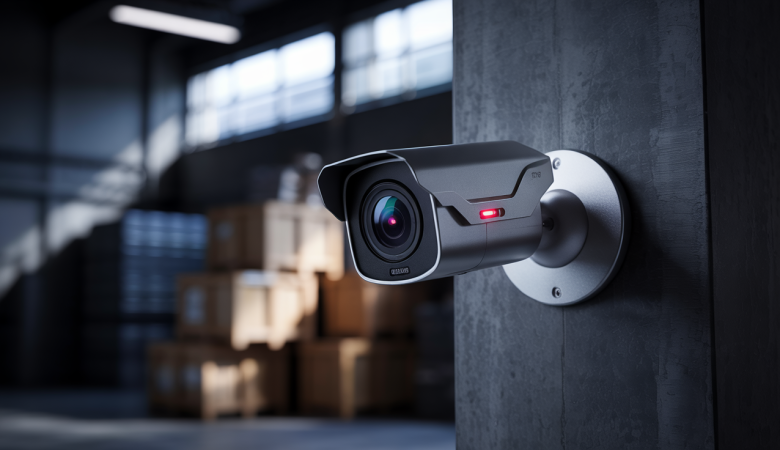
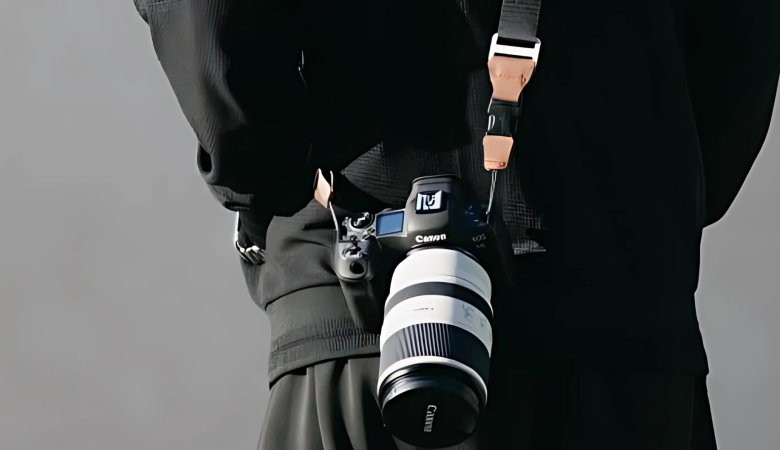
Leave a Reply